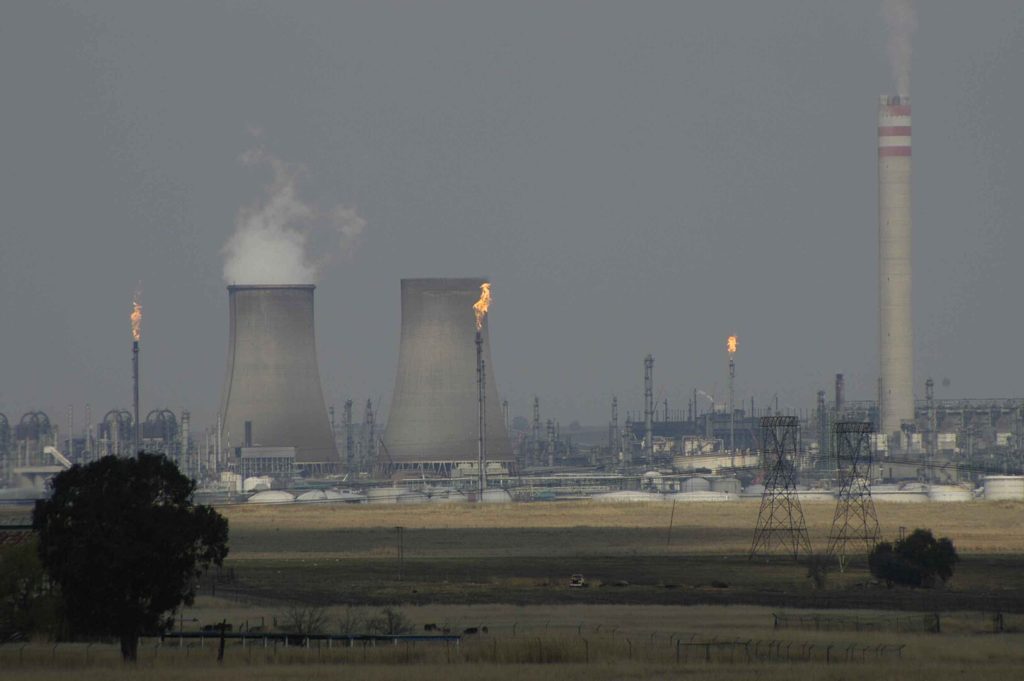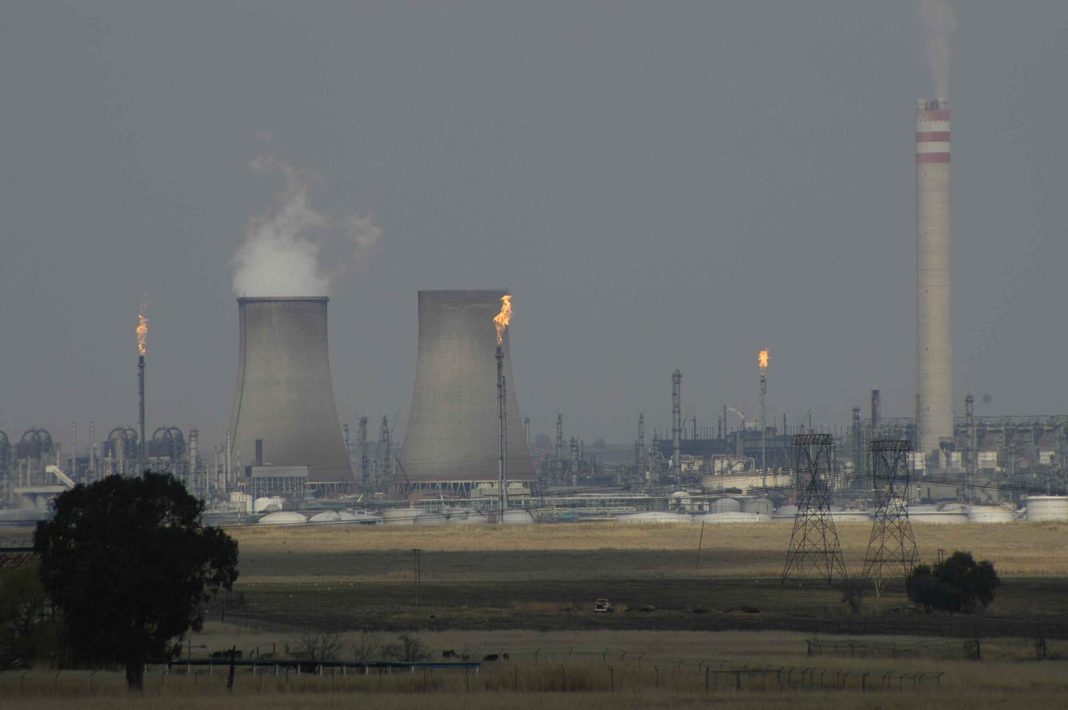Secunda CTL is a synthetic fuel plant owned by Sasol at Secunda, Mpumalanga in South Africa. It uses coal liquefaction to produce petroleum-like synthetic crude oil from coal. The process used by Sasol is based on the Fischer–Tropsch process. It is the largest coal liquefaction plant in the world.

The plant houses two massive production units, Sasol II and Sasol III, commissioned in 1980 and 1984 respectively. These units employ the Fischer-Tropsch process, a complex and highly optimized technology for converting coal into synthetic fuels and chemicals.
Coal liquefaction is a process of converting coal into liquid hydrocarbons: liquid fuels and petrochemicals. Specific liquefaction technologies generally fall into two categories: direct (DCL) and indirect liquefaction (ICL) processes. Direct processes are based on approaches such as carbonization, pyrolysis, and hydrogenation. In contrast, direct liquefaction processes convert coal into liquids directly without having to rely on intermediate steps by breaking down the organic structure of coal with application of hydrogen-donor solvent, often at high pressures and temperatures. Since liquid hydrocarbons generally have a higher hydrogen-carbon molar ratio than coals, either hydrogenation or carbon-rejection processes must be employed in both ICL and DCL technologies.
Secunda CTL’s position as the world’s largest coal liquefaction plant stems from its impressive production capacity, advanced technology, historical context, and readily available resources. However, its significant environmental impact and dependence on coal necessitate a shift towards cleaner and more sustainable fuel production methods in the future.
According to the Internet















